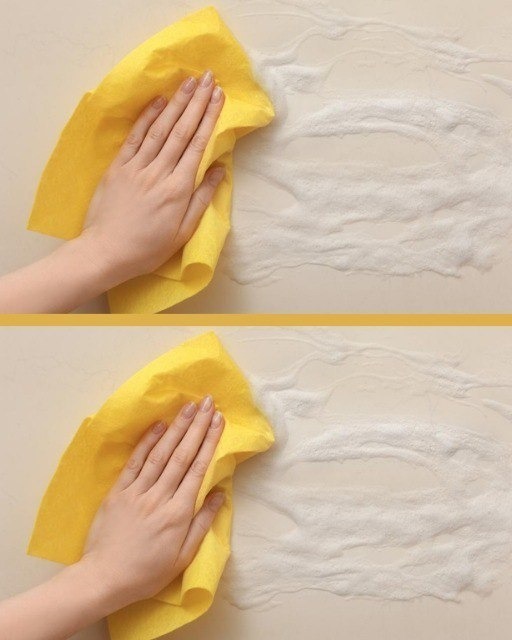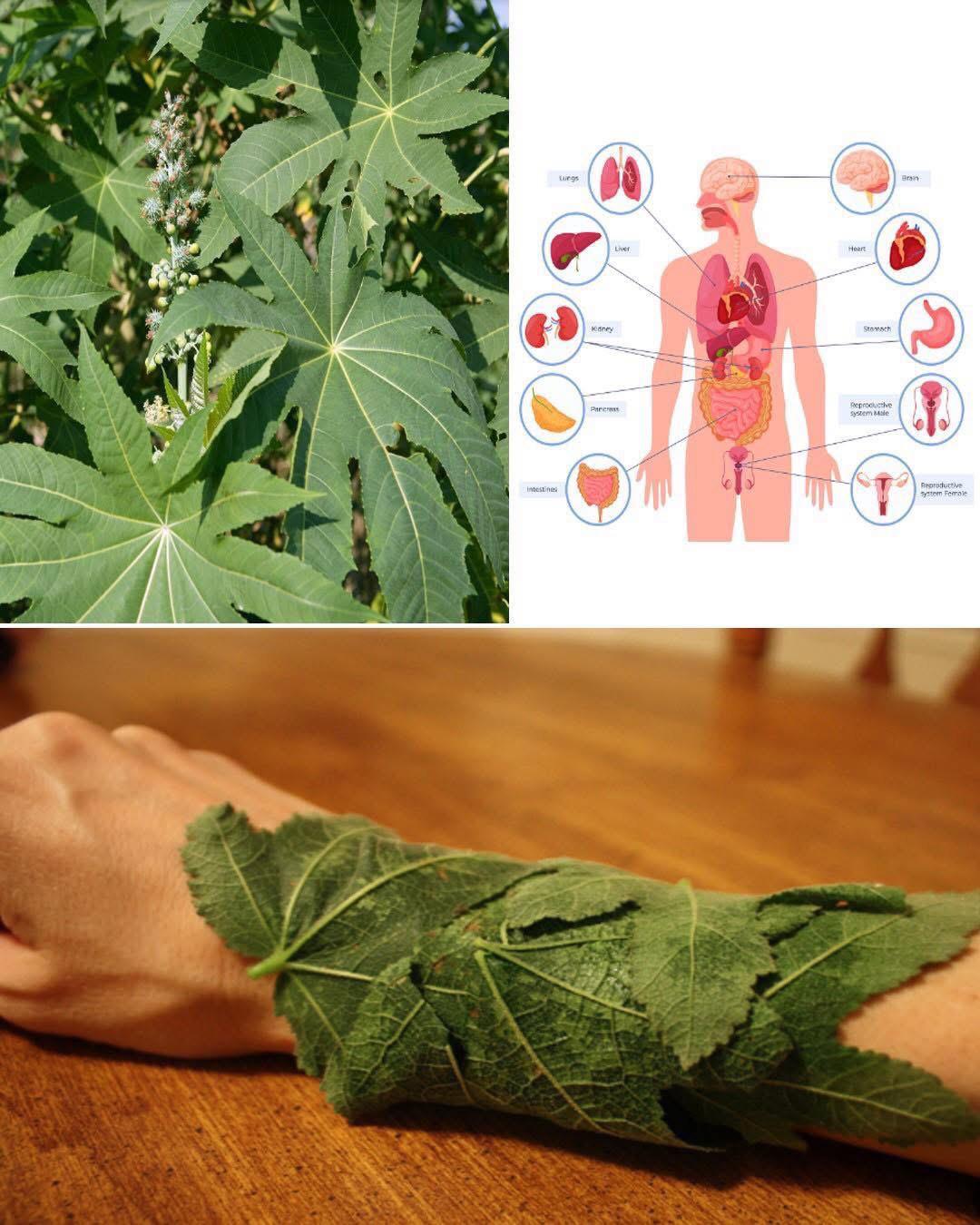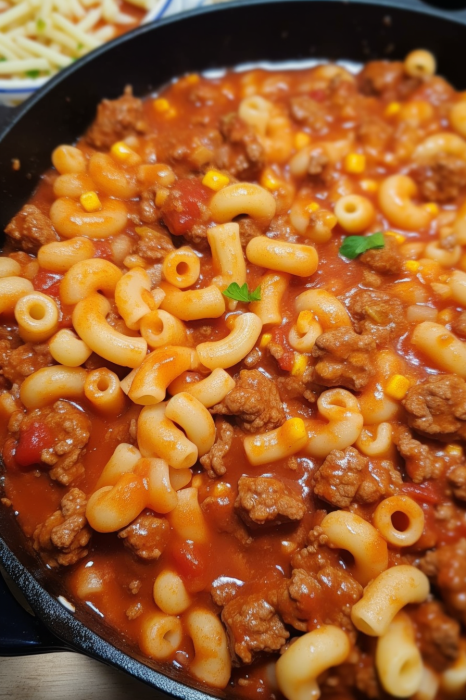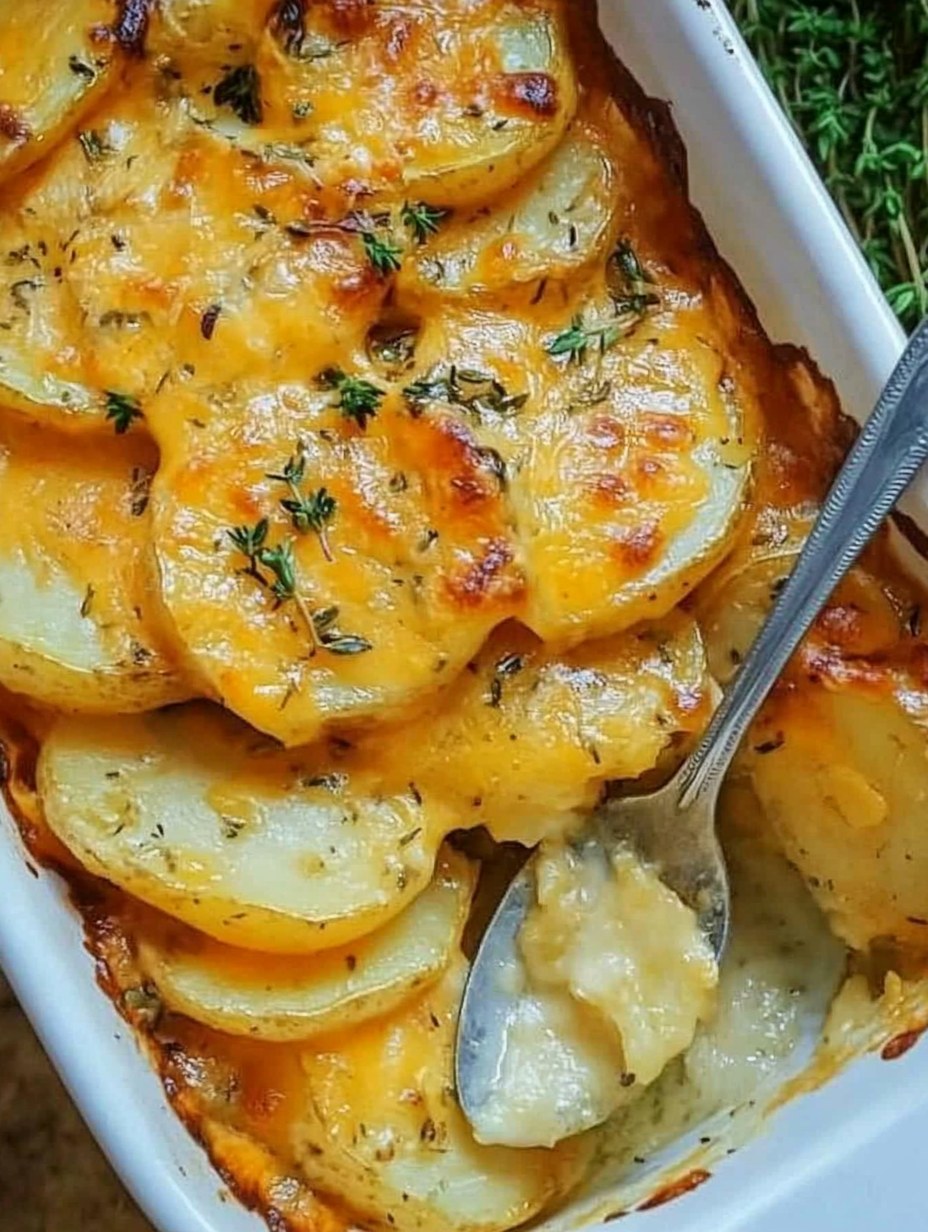Oil splatters are an inevitable part of cooking, especially when frying foods. While the cooking process may be enjoyable, the aftermath often leads to greasy walls that can be challenging to clean. These oil stains can stick to your kitchen walls, making them look unsightly and dirty. But don’t worry—there’s no need to reach for expensive and potentially harmful chemical cleaners. You can use simple household items to clean oil stains effectively, without the need for harsh chemicals. In this article, we will guide you through various methods to remove oil from your kitchen walls and restore them to their original cleanliness.
The Challenge of Removing Oil from Kitchen Walls
When we cook, especially when frying, oil splatters onto various surfaces in the kitchen, and one of the most problematic areas is the walls. These greasy spots stick to painted walls more easily, making them particularly difficult to clean compared to tiled surfaces. While tiled walls offer a smoother surface that doesn’t trap grease as much, painted walls are far more susceptible to staining and discoloration. This can be frustrating, but there’s no need to fret, as several simple and natural solutions can help you effectively remove oil stains from kitchen walls.
Why You Should Avoid Chemical Cleaners
When it comes to cleaning, we often reach for store-bought solutions. However, many commercial cleaners are filled with toxic chemicals that not only harm the environment but also pose risks to our health. Over time, exposure to these chemicals can cause respiratory problems, skin irritation, and other health issues. Moreover, these products can be expensive and may not work as well as natural alternatives.
Instead of relying on these overpriced and potentially harmful solutions, it’s worth exploring methods that use common household items. By using natural ingredients, you can clean oil stains from your kitchen walls effectively while ensuring your health and the environment are not compromised.
Supplies You’ll Need
Before we get into the cleaning methods, it’s important to gather the necessary supplies. The beauty of these cleaning methods is that you don’t need to spend money on expensive products. Instead, you can use items you likely already have in your home. Here’s a list of supplies you’ll need:
- Paper towels: For blotting and absorbing excess oil.
- Three clean cloths: For wiping and rinsing the walls.
- White vinegar: A natural, effective cleaner that helps break down grease and oil stains.
- Lemon: A natural acidic cleaner that can dissolve oil and grease.
- Baking soda: A powerful stain remover and deodorizer.
- Hot water: To rinse the walls and remove excess residue.
- Gloves: To protect your hands from the acidic solutions.
Now that you have the materials you need, let’s explore different methods for removing oil stains from your kitchen walls.
Method 1: Using White Vinegar
White vinegar is one of the most effective natural cleaners available. It can break down grease and grime, making it an excellent choice for removing oil stains from kitchen walls. Here’s how you can use vinegar to clean your kitchen walls:
Step 1: Wear Gloves
Before you start cleaning, make sure to wear gloves to protect your hands. Vinegar is acidic, and prolonged exposure to it can irritate your skin.
Step 2: Wipe Away Excess Oil
Using paper towels, gently blot the area where the oil has splattered. This will help to absorb excess oil and remove any surface debris. Be careful not to spread the oil further as you wipe.
Step 3: Heat the Vinegar
Pour one or two cups of white vinegar into a saucepan and heat it up on the stove. Heating the vinegar will make it more effective at breaking down the grease.
Step 4: Soak the Cloth in Vinegar
Once the vinegar is heated, soak a clean cloth in the warm vinegar. Make sure the cloth is damp but not dripping wet.
Step 5: Wipe the Walls
Carefully wipe the cloth over the oil stains on the wall. The vinegar will start breaking down the grease and oil, lifting the stains from the surface. Be thorough and cover all the areas where oil has splattered.
Step 6: Rinse with Hot Water
After you’ve wiped down the walls, take another clean cloth, rinse it in hot water, and wipe the walls to remove any leftover vinegar and oil residue.
Step 7: Dry the Walls
Once the area is clean, use a dry cloth to wipe the walls and remove any moisture. This will help prevent streaks from forming.
Step 8: Repeat if Necessary
If the oil stains are stubborn, you may need to repeat the process several times until the stains are completely gone.
Reminder:
While vinegar is a great natural cleaner, excessive use of it can damage the paint on your walls. Always be cautious and avoid using vinegar too frequently or in large quantities.
Method 2: Using Lemon Juice
Lemon juice is another powerful natural cleaner that can help remove oil stains from your kitchen walls. The acidity of lemon juice helps break down grease, making it easier to clean. Here’s how you can use lemon to clean your walls:
Step 1: Squeeze the Lemon
Cut a lemon in half and squeeze the juice into a small container. You only need one lemon for this method, as its juice is quite potent.
Step 2: Soak a Cloth in Lemon Juice
Soak a clean cloth in the fresh lemon juice, ensuring that it’s damp but not dripping wet.
Step 3: Apply the Cloth to Stains
Place the dampened cloth over the oil stains on the wall. Let it sit for a few minutes to allow the lemon juice to work on the grease.
Step 4: Wipe Away the Stains
After a few minutes, remove the cloth and wipe the stains from the wall. The oil stains should start to disappear as you wipe them away.
Step 5: Rinse the Area
Once the stains are gone, use a damp cloth to rinse the area and remove any leftover lemon juice.
Step 6: Dry the Walls
Use a dry cloth to wipe the area and remove any moisture left behind from the cleaning process.
Important Tip:
Lemon juice works best on white walls, as it can bleach colored or painted walls. If you have colorful walls, test this method on a small, inconspicuous area first to avoid discoloration.
Method 3: Using Baking Soda
Baking soda is another excellent household product that can be used to clean oil stains from kitchen walls. It is an abrasive cleaner that helps scrub away grease and grime. Here’s how you can use baking soda:
Step 1: Sprinkle Baking Soda
Sprinkle a generous amount of baking soda directly onto the oil stains. Be sure to cover the entire stained area.
Step 2: Let It Sit
Allow the baking soda to sit on the stains for about 30 minutes. The baking soda will absorb the oil and grease, helping to lift the stain from the surface.
Step 3: Scrub the Area
After the baking soda has had time to absorb the oil, use a damp cloth to gently scrub the area. The abrasive texture of the baking soda will help remove the stain without damaging the paint.
Step 4: Rinse and Dry
Once the stain has been removed, rinse the area with hot water and wipe it dry with a clean cloth.
Method 4: Using Flour
Flour may seem like an odd choice, but it is an effective method for absorbing oil stains from walls. Flour’s absorbent properties make it great for soaking up grease. Here’s how to use flour for oil stains:
Step 1: Sprinkle Flour on the Stain
Sprinkle a generous amount of flour directly onto the oil stain. The flour will help absorb the grease and oil.
Step 2: Let the Flour Sit
Allow the flour to sit on the stain for about 30 minutes. During this time, it will gradually absorb the oil.
Step 3: Wipe Off the Flour
After the flour has absorbed the oil, take a damp cloth and gently wipe the flour off the wall. The oil should come off with it.
Step 4: Repeat if Necessary
If the stain persists, repeat the process until the wall is clean.
Tips for Preventing Oil Stains in the Future
Once your walls are clean, it’s important to take steps to prevent future oil stains. Here are a few tips to help you maintain clean walls:
- Use a splatter guard: When frying, use a splatter guard to prevent oil from splashing onto the walls.
- Clean regularly: Wipe down your kitchen walls regularly to prevent the buildup of grease.
- Apply a protective coating: Consider applying a washable paint or a protective coating to your kitchen walls. This will make it easier to wipe away stains in the future.
Conclusion
Removing oil stains from kitchen walls doesn’t have to be a difficult task. With simple household items like vinegar, lemon, baking soda, and flour, you can easily tackle greasy stains without the need for harmful chemicals. Whether you have painted walls or tiled surfaces, these natural remedies can help restore your kitchen walls to their original cleanliness. By following the steps outlined in this guide, you can ensure your kitchen remains fresh and spotless, no matter how often you cook.





